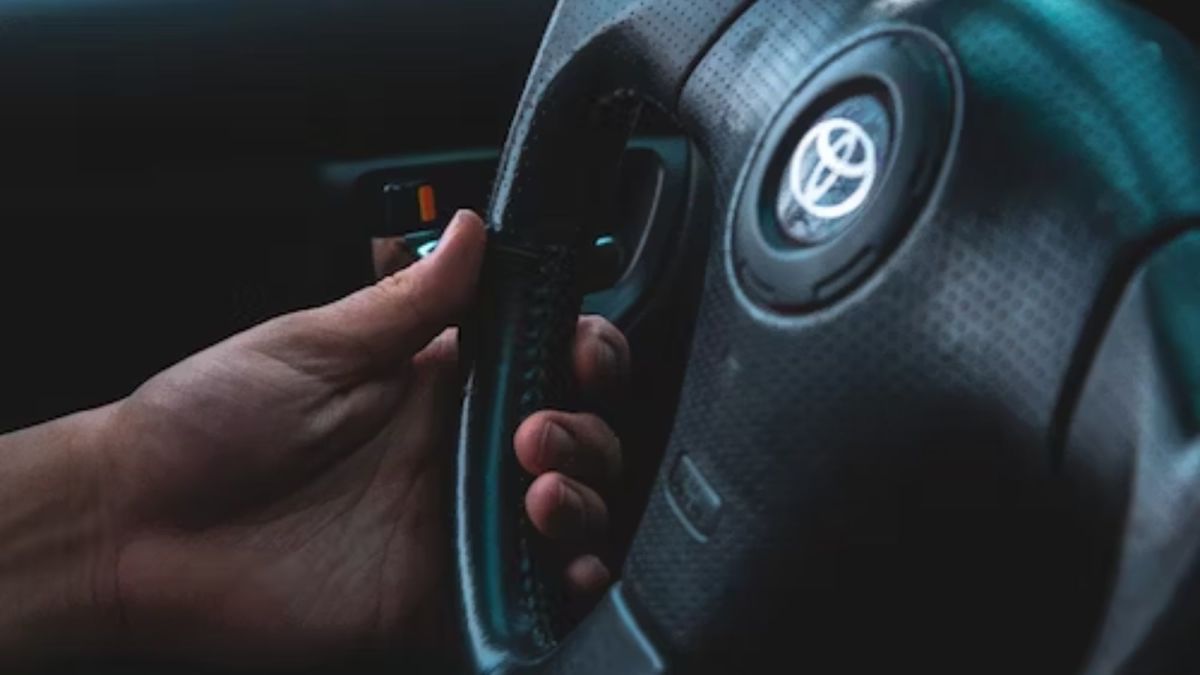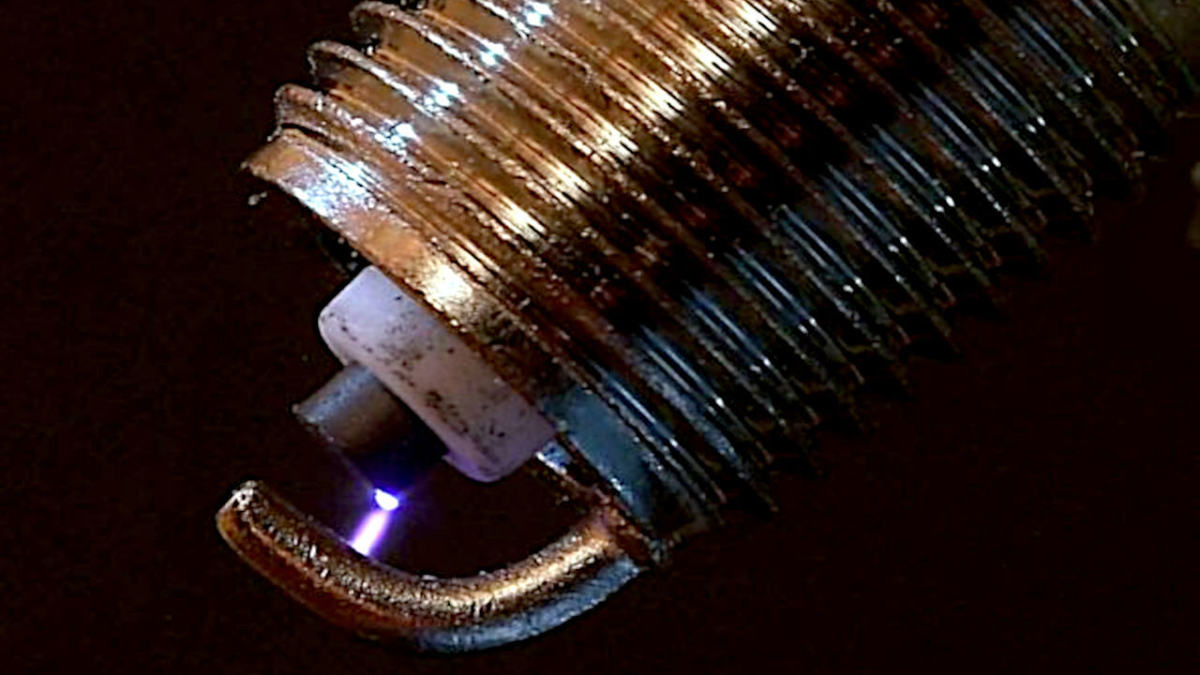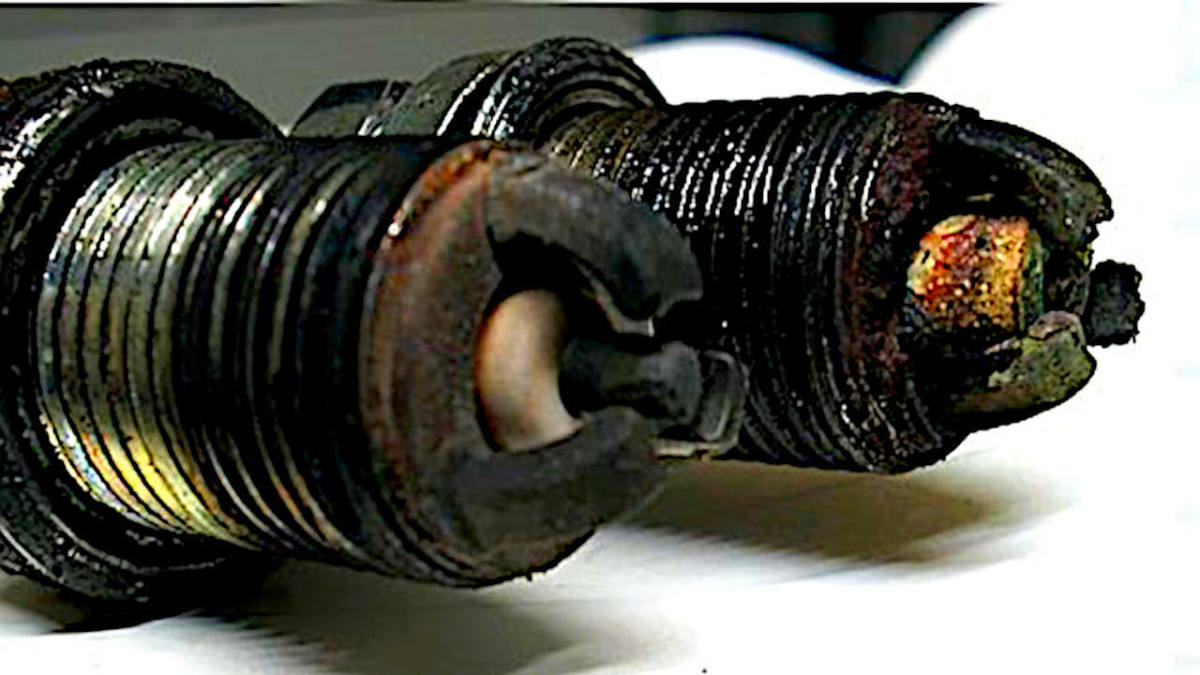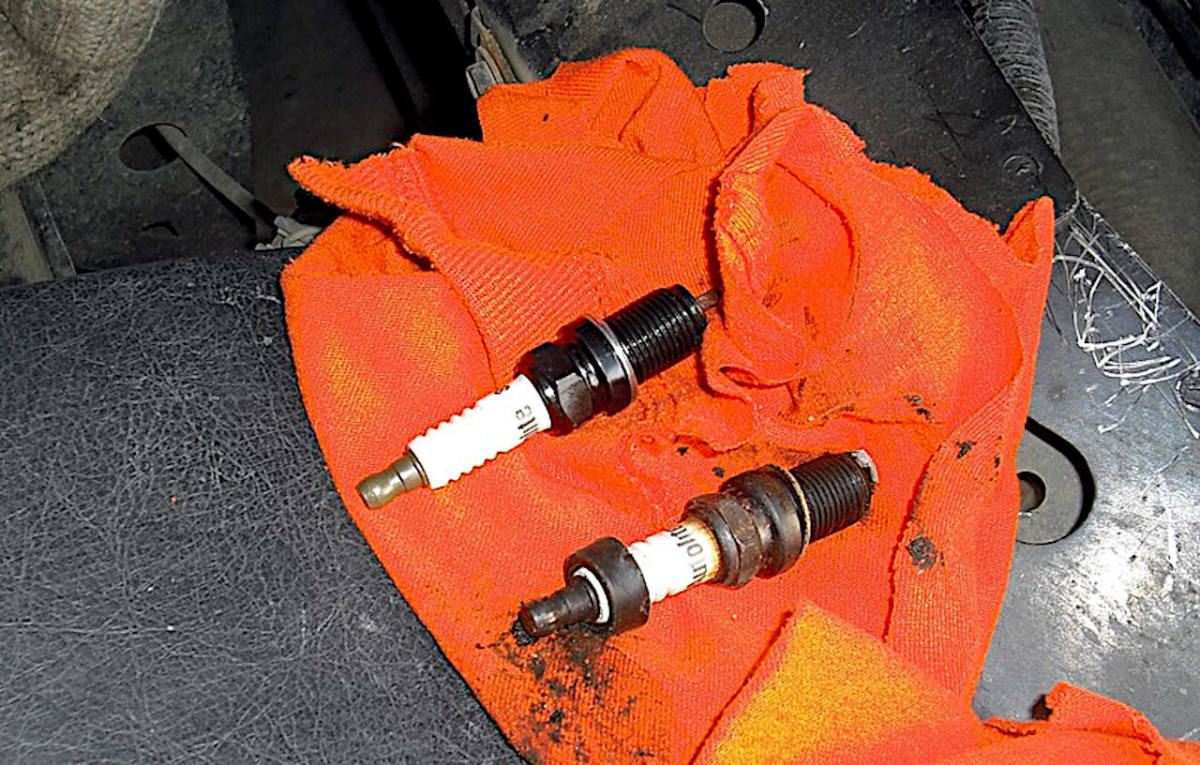Use a Car Maintenance Schedule to Reduce Car Expenses in Half or More
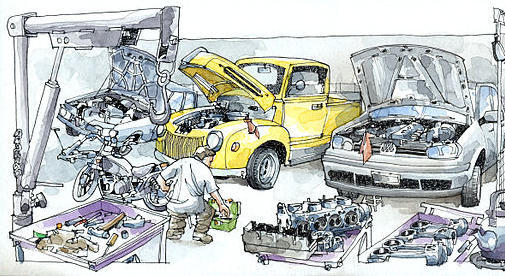
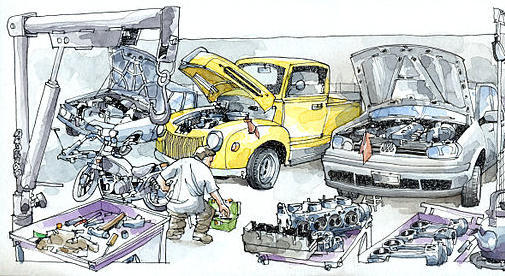
Before you venture into car maintenance, you need to:
- Know how to approach your service and repair projects.
- How to follow a plan.
- Think strategically as you gain experience.
Doing your own car maintenance projects has many benefits. Still, many car owners neglect their own vehicles.
Do you know that skipping on needed vehicle maintenance causes about 80 percent of car related problems? This is according to James E. Duffy in Modern Automotive Technology.
So keeping a maintenance schedule and knowing how to use it is the simplest, cheapest and most practical way to save thousands of dollars on maintenance and minor repairs in the near future.
This guide will help you get started.
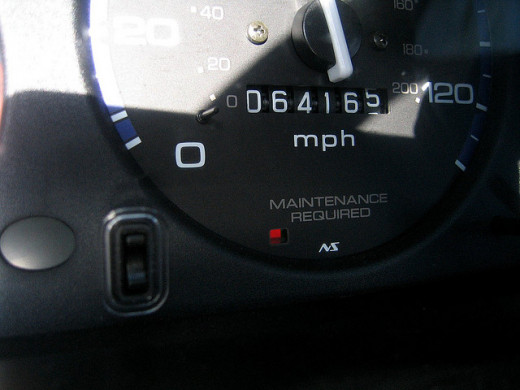
Car Maintenance Basics
The first step is to get the repair or service manual for your particular vehicle model. You don't need an expensive, 5-inches thick manual that covers every single part installed on your vehicle, though. For now, you can get an aftermarket manual.
If you don't have one yet, buy a relatively inexpensive copy through Amazon.
Hayens manuals include:
- Step-by-step procedures
- Photographs and images
- Systems descriptions
- Diagnostics and troubleshooting
- Parts location
- Parts and bolt torque specifications
- Electrical diagrams
- Maintenance schedule
The manual is an excellent guide and will have accomplished minor and major repairs, and, specially, avoid unnecessary breakdowns related to lack of proper maintenance.
Getting to Know Your Manual
Acquaint yourself with your service manual. You need to know how it approaches maintenance tasks, troubleshooting and repair jobs. Above all, pay attention to those projects you may feel most comfortable starting with, for instance, changing the oil, air filter and PCV valve; inspecting hoses, fluids and other accessible parts and components. Many of these tasks require only a few common tools you may already have in your toolbox.
And remember (unless you have access to better advice): Stick to your manual's suggested recommendations for fluids, parts and torque specifications. This will make a difference in the quality level of maintenance you provide to your vehicle, which is your end goal after all.
So it is up to you--and your experience--how much or how little maintenance and repair jobs you want to do yourself at home and what tasks you want to leave to the service shop.
Can You Still Benefit Without Getting Grease All Over Your Hands?
Yes. Your job and family may keep you busy most of the time to get involved directly with your car maintenance. But, even if you don't plan on doing most of the actual maintenance yourself, you can benefit by becoming familiar with your car's service manual, parts' names, different systems operations, and learning how to perform inspections:
* Even a visual inspection of key systems at the suggested intervals will help you spot potential problems and keep them from turning into expensive repairs.
* It can help you schedule maintenance at the proper intervals at your preferred shop.
* It'll help you can intelligently discuss with your car technician potential breakdowns and components replacement, even if your manual doesn't specifically says so.
* Learn about the types and amount of fluids you'll car actually needs.
Car Maintenance Tips
It won't be long before you realize that your vehicle's service manual is one of the best tools you'll have at your disposal when it comes to maintenance and repairs. Still, as useful as it is, it won't highlight a couple of concepts you need to be aware of: How to think about parts and components as members of particular systems, and how to deal with factory-installed, 'life-time' components. This will affect how you service your vehicle, its overall performance, and, sometimes, its service life.
First, let's talk about systems. Your vehicle manual provides practical schedule intervals to deal with many parts and components. Parts within a system--for example, the charging system--have varied wear patterns and need attention at different intervals. However, you need to think about these parts in relation to each other when making a service decision.
Let me explain. Suppose your engine has reached the 90,000 miles mark and your manual says you need to service the serpentine belt. In most vehicle models, you don't need special tools or skills to replace it, and you can do it at home. However, once you replace it, I can almost guarantee that your new belt won't last 90,000 miles as the factory-installed belt did, and its true service interval will be way off next time around.
Poor vehicle maintenance can cause about 80 percent of your vehicle problems.
You see, the belt doesn't work in isolation. To operate, it needs a belt tensioner. But, most likely, your manual won't tell you to replace this and other related items at the same time. You may inspect them and, as far as you're concerned, they may be doing just fine. However, those parts have been working for 90,000 miles just as your belt has, and they've suffered wear and tear. Not only will they put more stress and wear on the new belt because of it, but there's a good chance this, and may be some other related component, like the alternator pulley for example, will fail well before the next 90,000 miles mark comes up. And, when that happens, there's a chance it'll ruin your good belt too.
So you'll do better replacing the belt, belt tensioner and other related components, if necessary. And probably you can do all this by yourself as well. Often, parts manufacturers will sell you belt replacement kits that include these items for the same reasons we just discussed.
And other systems are similar. For example, the timing belt. It also has a tensioner belt and an idler pulley to deal with. And not only that. On some models, you'll find the water pump behind the timing belt too. Although your water pump may be working fine at the time of a timing belt replacement, remember that it's been working for thousands of miles as well.
Since replacing the timing belt usually requires a good amount of work, more tools and more skills, it's a good idea to replace the water pump too, which due time might not be too far off anyway. Whether you are replacing the belt yourself or at a service shop, you'll save more time and money by replacing the pump as well.
At first, trying to pay attention to components in this manner may not be as clear as it seems in theory. You need to take into account wires, connectors and other seemingly unrelated parts. But once you familiarize yourself with your vehicle's different systems, you'll begin to see how different parts interrelate and you'll start to make better calls when servicing your vehicle.
And that's how you start to think about systems instead of isolated parts.
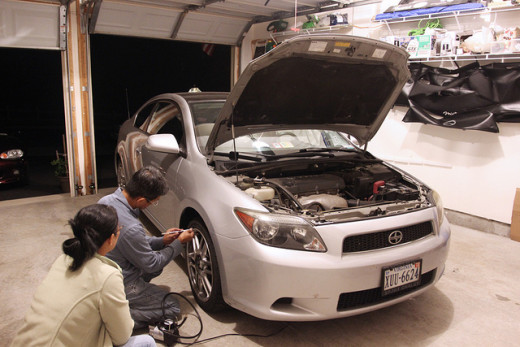
And what about those life-time components?
When your car owner's manual--or your dealer's service department--talks about life-time items, most often then not what they mean is that these components are guaranteed to last through your vehicle's warranty period. However, once this period expires, you'll need to replace those components at their due time and at your own expense. In most cases, they are not meant to last until your car hits the graveyard.
For example, for the sake of discussion, let's say your vehicle came with a life-time motor oil filter. Usually, you can prevent engine performance problems and expensive repairs on the long run by replacing the filter at every oil change. Or at every other service interval, if you are using a synthetic, high quality oil filter. If the filter works as it should, it'll eventually clog and will need to be replaced (or its filter media). Otherwise, harmful particles that find their way into the oil will start damaging internal engine components.
The same goes for transmission oil. Oil wears and degrades just as any other component. Sealed transmissions don't have this oil service advantage, though. Read the specifications and recommendations included in your manual.
Whenever you read or learn that a specific component in your car is "life-time" labeled, think about the job it's doing and make a judgment service-call accordingly. Even better, ask an experienced, independent, reputable car shop, or post a question in a well known automotive forum about the need to service this particular component.
A Simple Car Maintenance Checklist
|
|---|
Fluids: Check level, condition and replace as necessary
|
Tires: Check pressure, condition and rotate
|
Hoses: Inspect and replace
|
Drive belts: Inspect and replace
|
Battery terminals: Check and clean
|
Air filter: Check and replace
|
Fuel filter: Check and replace
|
PCV valve: Inspect and replace
|
Windshield wiper blades: Check or replace
|
Spark plug wires: Check or replace
|
Spark plugs: Check or replace
|
Body: Wax and polish
|
Using a Car Maintenance Schedule Log
A car maintenance schedule log is a journal you keep on service you've performed like engine and transmission oil changes, spark plugs and wires inspection and replacement, tire rotation, air filter change, PCV system service and many other simple but important tasks. You may include parts you bought and installed, price and warranty periods, if any. And you can add a note about its next service due date.
The log is also a valuable source of information if you ever need to take your car to the shop for repairs or service.
Your service or repair manual includes a schedule you can use as a starting point to build your own maintenance log.
How much information goes into your log depends on your particular needs and how you want to approach vehicle maintenance.
For example, you may just want to keep information about service performed and manage reminders in a more practical way. You can find reputable sites online like DriverSide that will send you reminders of upcoming due service for one or more vehicles.
You may purchase car maintenance logs designed for this purpose, or you may want to download ready to use spreadsheets. Just search for "free service schedule sheet" using you preferred search engine. Make sure to visit reputable sites to avoid downloading a potential virus to your computer. Look carefully at the address you want to visit. If possible, stick to reputable and familiar sites.
If you want to take advantage of service schedule applications you can run on your computer, search online for a good car maintenance software. Different applications offer different features, from basic tasks up to detailed service specifications, reminders and personal notes.
You can also find applications for your mobile phone that help you track service information, reminders and more. Search online for "car service reminders phone app" on your favorite engine.
Alternatively, if you have a spreadsheet application in your computer, you can design your own schedule log using the information contained in your service manual. This may be a better solution if you want to create a custom log tailored to your specific needs, adding specific categories that might not be practical to include in other pre-formatted sheets:
* You may want to keep track of part numbers, sources and prices of hard to find parts you've installed, plus warranty information.
* Add items you personally want to check every one, two or three months, or after a specific number of miles.
* Add personal notes about how you serviced a particular item, what tools and wrench sizes you used, the easiest way you found out about servicing a particular part; you may want to include a tip you found out online, and so on.
You can add more categories to the list over time, and be as specific as you want to be.
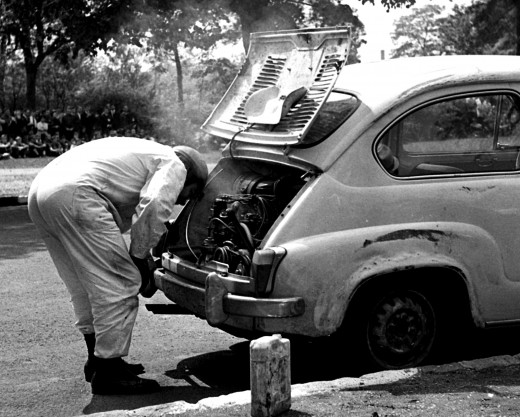
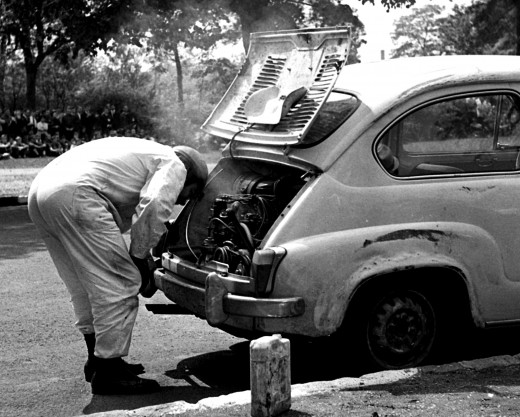
Keeping a car maintenance schedule will help you save thousands of dollars in car related expenses. Just think about how computers are taking control of every system in modern vehicles, and the need for special and expensive tools to troubleshoot, service or repair many of these components, not to mention special training. So taking your modern vehicle to a shop for maintenance and repairs is just going to get more expensive. By doing your own simple maintenance and repair jobs, it is possible to keep visits to the car shop to a minimum. And the good part is that the more you get to know your car, the more maintenance and repairs you'll be able to do at home.
Automotive Water Pumps
Test Your Knowledge of Preventive Maintenance
view quiz statisticsThis article is accurate and true to the best of the author’s knowledge. Content is for informational or entertainment purposes only and does not substitute for personal counsel or professional advice in business, financial, legal, or technical matters.
© 2015 Dan Ferrell



